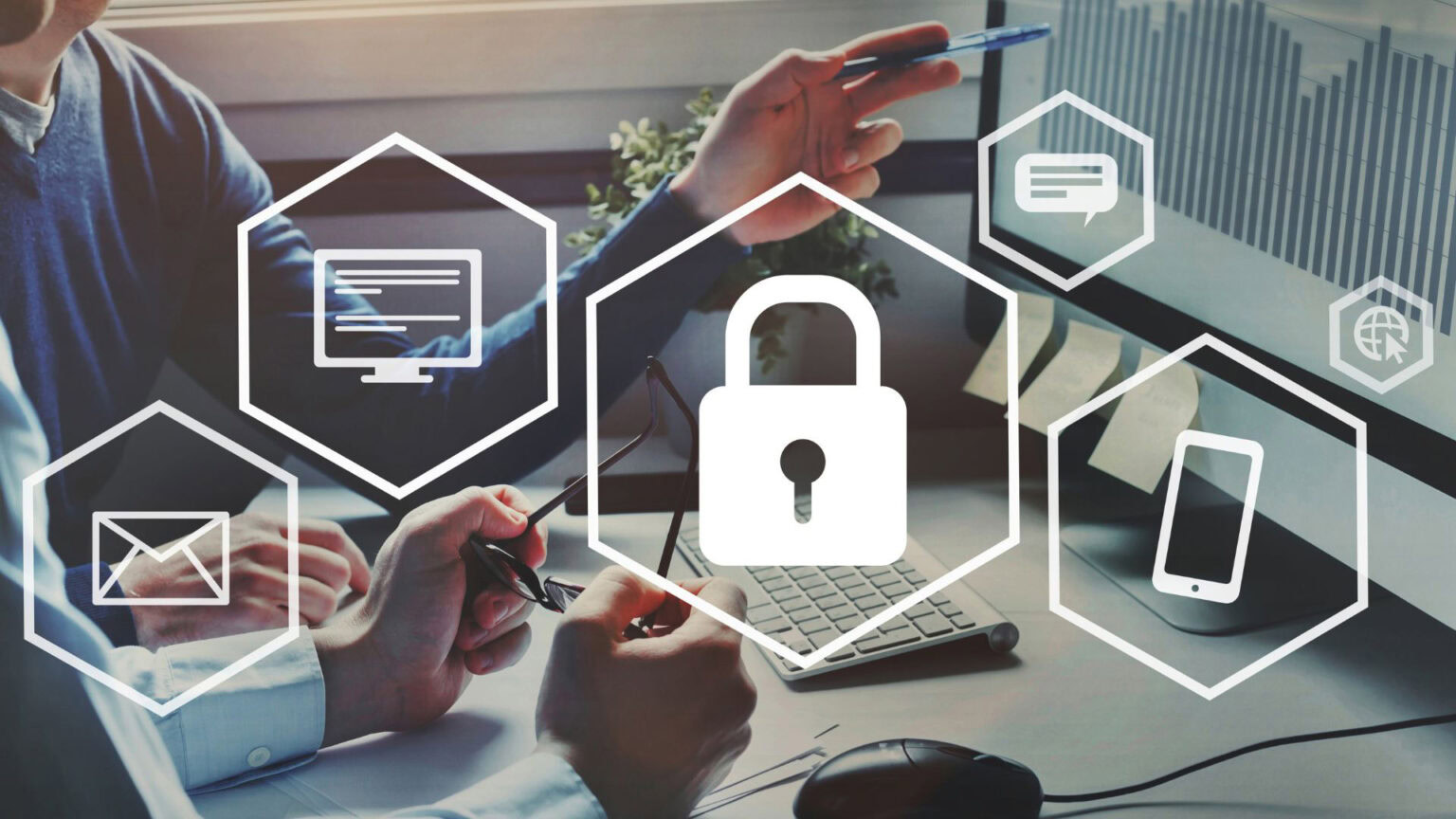Cybersecurity is often seen as a necessary but costly addition to business operations, something to worry about only when an issue arises. But in today’s digital-first world, cybersecurity is more than just an IT concern. It is a critical business function that protects your assets, reputation, and bottom line.
Many focus primarily on growth, profitability, and operational efficiency, sidelining cybersecurity until an attack occurs in their own business. However, integrating security into your overall business strategy can safeguard your organisation from financial and reputational damage while also supporting long-term stability.
This article explores how businesses can align cybersecurity with their goals to create a more resilient, secure, and successful operation.
Cybersecurity is More Than Just an IT Expense
Businesses of all sizes are now common targets for cyber threats. Attacks are becoming more sophisticated, with risks ranging from phishing scams and ransomware to third-party breaches and AI-enhanced attacks.
A single cyber incident can result in significant financial loss, regulatory penalties, and reputational damage. Beyond the immediate costs of recovery, your business could face ongoing operational disruptions, legal complications, and lost trust from clients and partners.
Rather than treating cybersecurity as a separate technical function, businesses should integrate it into broader risk management, compliance, and continuity planning.
Building a Business-Driven Cybersecurity Strategy
Cybersecurity should not just be a technical conversation. It needs to be part of your wider business strategy. Here is how you can bring those worlds together.
Understand What Needs Protection
Identify the data and systems that are most vital to your business. These could include customer information, intellectual property, financial data, and operational infrastructure. What would cause the most disruption if compromised?
Focusing your priorities means you can tailor a strategy that protects what matters most and avoids unnecessary costs.
Use Business Metrics to Measure Cybersecurity
Go beyond technical metrics and consider indicators that reflect business performance and risk exposure. These could include:
- Time taken to detect and respond to incidents
- Revenue lost during downtime from a cyber event
- Third-party vendor risk levels
- Staff awareness and phishing simulation results
These indicators help leadership understand the business value of your cybersecurity investments and contribute to business success.
Show the Return on Investment
Strong cybersecurity is not just about stopping attacks. It also supports business growth and operational reliability.
By investing in protection, your business can:
- Build customer confidence by protecting data
- Reduce operational downtime caused by breaches
- Improve compliance with privacy regulations
When you view cybersecurity as an enabler rather than a cost, it becomes a more natural area for ongoing investment.
Practical Ways to Strengthen Cybersecurity Without Overspending
Smaller businesses often feel they cannot afford cybersecurity, but effective protection does not always require a big budget. Here are five cost-effective steps:
Use a Multi-Layered Security Approach
Do not rely on a single product. Combine firewalls, antivirus software, email and web filtering, data encryption, and multi-factor authentication. Together, these tools create layers of protection.
As threats evolve, AI-powered tools can further strengthen this approach by detecting patterns, automating alerts, and flagging unusual behaviour faster than traditional systems.
Train Your Team
Staff are often your first and last line of defence. Ongoing education helps your team build habits that support security. A strong programme teaches staff how to handle sensitive information, recognise red flags, and respond confidently to suspicious activity.
Vet Third-Party Vendors
Cybercriminals often target your supply chain. Ask partners or suppliers about their security standards, set clear expectations for how data should be handled and protected and review their practices regularly.
Create an Incident Response Plan
Even the best defences can be breached. A strong incident response plan outlines clear steps for what to do next. Define who is responsible for what, set up a communication protocol, and run simulation exercises so your team is prepared to act quickly and effectively.
Explore Cyber Insurance
Cyber insurance helps reduce the financial impact of attacks. It can help cover your costs, such as investigation, legal advice, customer notifications, and system recovery.
New Threat to Watch: QR Code Phishing (Quishing)
One growing threat is phishing via QR codes. Attackers now embed malicious links into QR codes printed on posters, invoices, or in emails. These often bypass traditional link scanning and may trick staff into entering credentials or downloading malware. Make sure your team knows to treat all QR codes with caution and only scan codes from trusted sources.
How HB Technologies Can Help
At HB Technologies, we see cybersecurity as a business priority. We help you protect your critical systems and data without slowing down your operations.
Whether you want to improve your defences or just know where to start, we are here to help. Let us support your business with cybersecurity solutions that keep you focused on growth and success.
Contact us today to get started – info@hbtech.co.nz or phone 06 833 7400.



